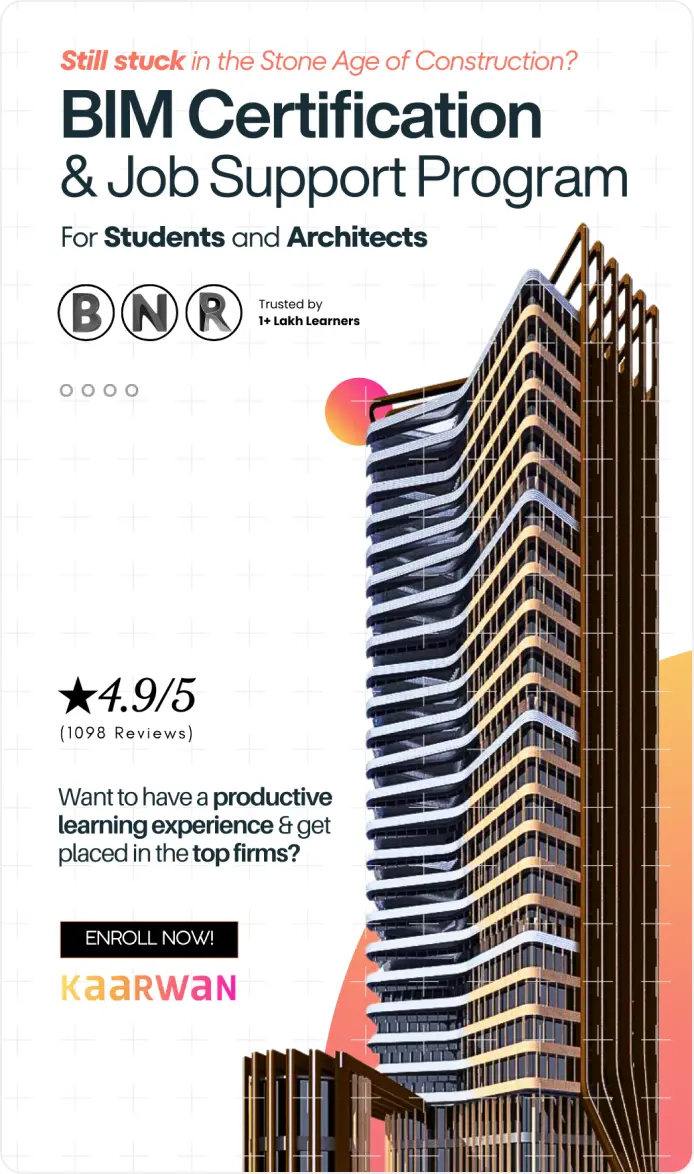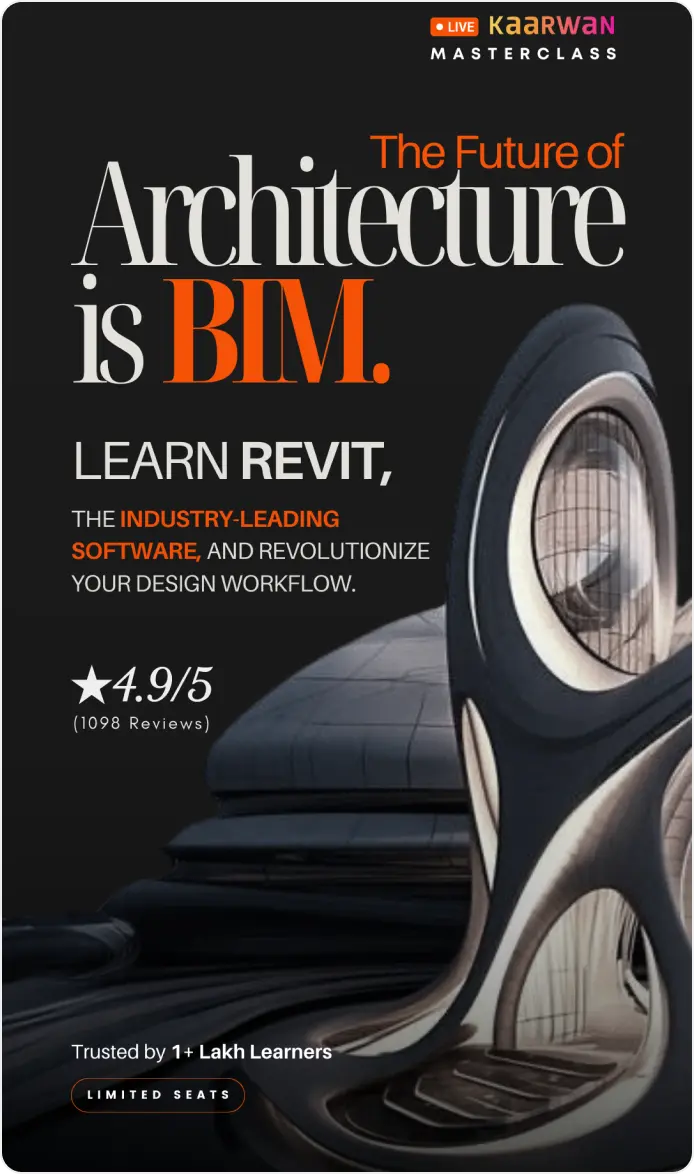The architectural domain is experiencing a fundamental shift with the advent of real-time simulation in parametric design. This cutting-edge approach utilizes algorithmic precision to push the boundaries of what’s possible in architectural design.
By integrating real-time feedback into the design process, architects can now create dynamic, adaptable structures that respond to various environmental and functional parameters. This transformation not only streamlines workflows but also leads to more innovative, efficient, and sustainable buildings.
What is Real-time Simulation in Parametric Design?
At its essence, real-time simulation in parametric design refers to the ability to instantly visualize and analyze the impact of design changes. By integrating real-time feedback into the design process, architects can test and refine their designs on the fly. This approach relies heavily on advanced software platforms like Rhino and Grasshopper, which allow for the creation of complex, algorithm-driven designs.
Whether optimizing for energy efficiency, structural integrity, or aesthetic appeal, real-time simulation empowers architects to explore a multitude of design possibilities with unprecedented speed and accuracy.
Image source - archdaily.com
The Advantages of Real-time Simulation
Real-time simulation offers several key benefits that are transforming architectural design:
Enhanced Creativity: By providing instant feedback on design changes, real-time simulation enables architects to experiment with complex geometries and innovative structures that would be challenging to conceive through traditional methods.
Improved Efficiency: The ability to test and iterate designs quickly reduces the time and resources required to develop a project. This streamlined workflow allows for faster decision-making and more efficient project development.
Optimized Performance: Real-time simulation allows for the optimization of designs based on performance criteria such as energy consumption, material usage, and structural integrity. This leads to more sustainable and functionally superior buildings.
These advantages make real-time simulation an invaluable tool in the architect’s arsenal, enabling the creation of designs that are not only innovative but also highly efficient and sustainable.
How Rhino and Grasshopper Facilitate Real-time Simulation
Rhino and Grasshopper are the go-to platforms for implementing real-time simulation in parametric design. Rhino is renowned for its precision modeling tools, which are essential for creating the detailed and accurate models required in algorithmic design.
Grasshopper, on the other hand, offers a visual programming interface that simplifies the process of creating and modifying algorithms. Together, these tools provide a powerful platform for architects to explore and refine their designs in real-time.
Key Features of Rhino and Grasshopper for Real-time Simulation:
Precision Modeling Tools: Rhino’s comprehensive suite of modeling tools allows architects to create intricate and accurate designs that form the foundation of successful algorithmic projects.
Visual Programming Interface: Grasshopper’s drag-and-drop interface enables architects to create and modify algorithms without the need for complex coding, making real-time simulation accessible to a broader audience.
Extensive Plugin Library: Both Rhino and Grasshopper have a vast library of plugins that extend their functionality, allowing for enhanced capabilities in areas such as structural analysis, rendering, and fabrication.
Applying Real-time Simulation in Sustainable Design
Real-time simulation is particularly valuable in the realm of sustainable architecture. By allowing architects to test the impact of various design decisions on energy efficiency and environmental performance, real-time simulation enables the creation of buildings that are both aesthetically pleasing and environmentally responsible.
Benefits of Real-time Simulation in Sustainable Design:
Energy Efficiency: By optimizing design parameters such as window placement and insulation, real-time simulation helps architects create buildings that consume less energy.
Material Optimization: Real-time simulation allows for the efficient use of materials, reducing waste and ensuring that buildings are constructed in an environmentally responsible manner.
Enhanced Building Performance: By analyzing various environmental factors, architects can create designs that respond dynamically to changes in sunlight, wind patterns, and other conditions, resulting in buildings that are more comfortable and sustainable.
This approach is revolutionizing sustainable design, enabling the creation of buildings that are not only beautiful but also environmentally responsible.
Real-time Simulation in Structural Optimization
One of the most significant applications of real-time simulation in parametric design is in the optimization of structural elements. Architects can use it to test different structural configurations, ensuring that their designs meet both aesthetic and functional requirements. This process is particularly valuable in complex projects where multiple variables must be balanced to achieve the desired outcome.
Key Advantages of Structural Optimization through Real-time Simulation:
Enhanced Structural Integrity: By testing various structural configurations, real-time simulation ensures that designs meet safety and performance standards.
Material Efficiency: Real-time simulation allows architects to optimize material usage, reducing costs and minimizing waste.
Innovative Design Solutions: The ability to explore multiple structural configurations enables architects to develop innovative solutions that push the boundaries of traditional design.
Image source - Qendrim Ahmetaj on behance.net
The Future of Real-time Simulation in Parametric Design
The future of real-time simulation in parametric design is promising, with advancements in technology continuing to push the boundaries of what’s possible. One of the most exciting developments is the integration of artificial intelligence (AI) into real-time simulation workflows. AI has the potential to enhance real-time simulation by providing predictive insights and optimizing designs based on large datasets.
Additionally, the increasing use of virtual and augmented reality in design processes is expected to further enhance the capabilities of real-time simulation, allowing architects to experience and refine their designs in immersive environments.
Future Trends in Real-time Simulation:
AI Integration: The incorporation of AI into real-time simulation workflows will enable architects to optimize designs more effectively, leading to even more innovative and efficient buildings.
Virtual and Augmented Reality: These technologies will allow architects to visualize and refine their designs in immersive environments, enhancing the design process and improving outcomes.
Increased Collaboration: As real-time simulation becomes more widespread, it will facilitate greater collaboration between architects, engineers, and other stakeholders, leading to more cohesive and integrated design solutions.
Conclusion
Real-time simulation is revolutionizing parametric design, providing architects with the tools they need to create dynamic, adaptable, and sustainable structures. By offering instant feedback on design changes, real-time simulation enhances creativity, efficiency, and performance, leading to more innovative and functionally superior buildings.
As technology continues to evolve, the integration of AI, virtual reality, and other advanced tools will further enhance the capabilities of real-time simulation, making it an indispensable part of modern architectural practice.
Incorporating real-time simulation into your design process will not only streamline your workflow but also enable you to create buildings that are both beautiful and environmentally responsible. As this technology continues to mature, it will play an increasingly important role in shaping the future of architecture, driving innovation and sustainability in the built environment.
Master real-time simulation with Rhino and Grasshopper. Design innovative, sustainable buildings with algorithmic precision. Enroll in our Advance Rhino & Grasshopper Certification Course today and shape the future of architecture!
Visit the Kaarwan website for more insights!
FAQs
Q1: What is real-time simulation in parametric design?
A1: Real-time simulation in parametric design refers to the process of instantly visualizing and analyzing the effects of design changes. It allows architects to refine and optimize designs dynamically using advanced software like Rhino and Grasshopper.
Q2: How does real-time simulation enhance creativity in architectural design?
A2: Real-time simulation enhances creativity by providing immediate feedback on design changes, allowing architects to experiment with complex geometries and innovative structures that would be challenging with traditional methods.
Q3: What are the benefits of using real-time simulation in sustainable design?
A3: Real-time simulation in sustainable design helps optimize energy efficiency, material usage, and environmental performance. It enables the creation of buildings that are both aesthetically pleasing and environmentally responsible.
Q4: How do Rhino and Grasshopper facilitate real-time simulation?
A4: Rhino provides precision modeling tools, while Grasshopper offers a visual programming interface for creating and modifying algorithms. Together, they allow architects to explore and refine designs in real-time without complex coding.
Q5: What is the future potential of real-time simulation in parametric design?
A5: The future of real-time simulation in parametric design includes the integration of AI for predictive insights and optimization, as well as the use of virtual and augmented reality for immersive design experiences. These advancements will further enhance architectural innovation and collaboration.

